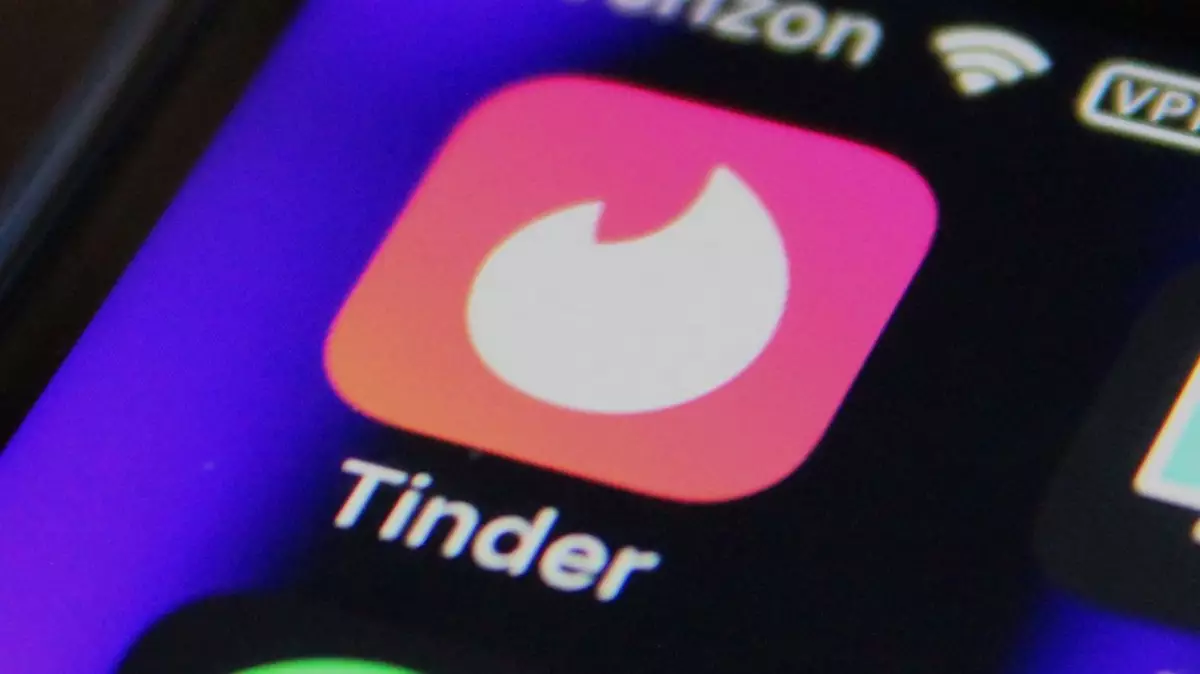As the landscape of dating apps continues to evolve, Tinder, a prominent player in the industry, is making ripples with its latest feature that allows users to specify height preferences. This design choice is not merely a superficial tweak; it is a strategic maneuver that taps into longstanding societal biases regarding physicality, particularly height. With this move, Tinder is creating a platform that amplifies users’ preoccupation with physical attributes, but is also raising questions about the implications of such choices in the world of online dating.
The Context of Superficiality
Dating apps have often been criticized for fostering a culture of superficiality, where appearances can overshadow more substantive qualities such as personality or shared interests. Tinder’s interface, which thrives on quick, photo-centric evaluations, exacerbates this dynamic. A right or left swipe doesn’t just signify interest or lack thereof; it encapsulates a judgment based largely on attractiveness. By enabling users to declare height preferences, Tinder is giving a nod to conventional beauty standards, inadvertently deepening the fixation on physical traits.
While it may seem innocuous to allow users to state their height preferences, it races past the line into the realm of social bias. Height has long been a contentious issue in dating, sparking debates on gender dynamics and preferences. It’s not unusual to see women explicitly seeking “tall” men, often defining “tall” as a minimum of six feet. This phenomenon perpetuates an archaic stereotype that equates height with desirability, inviting scrutiny over whether such features should dictate one’s dating options.
A Product of Urgency
Phil Price Fry, Tinder’s VP of Communications, stated in an official correspondence that this new feature reflects the company’s commitment to listening to its users and meeting their needs—showing a blend of urgency, clarity, and focus in product development. However, the urgency to innovate should not come at the expense of self-reflection about societal norms. While Tinder wants to present itself as an adaptable platform, each incremental addition must be analyzed through the lens of societal impact. Are they merely aiming to enhance user engagement and revenue, or are they genuinely considering how their features shape perceptions of self-worth and desirability?
The decision to implement height preferences appears to be a reaction not just to user feedback but also to broader trends within the industry. With subscription rates declining, as evidenced in Match Group’s quarterly earnings, Tinder’s approach might also signal a desperate bid for user retention amidst growing competition in the dating app space.
The Influence of Culture on Dating Norms
The addition of height preferences is more than a technical feature; it’s an insight into societal values that prioritize physical attributes in romantic pairing. We’ve reached a point where dating apps are partly responsible for perpetuating a culture anxious to conform to such standards—with tallness often fetishized. The implications stretch beyond personal choice, converting dating preferences into a performance of societal ideals.
Moreover, Tinder’s previous playful takes on height—such as an April Fools’ joke involving a “height verification” feature—underscore an awareness of the absurdity tied to such height biases. However, instead of challenging this narrative, Tinder now reinforces it, edging closer to creating an environment that normalizes and legitimizes these biases.
While Tinder aims to attract more female users in a predominantly male user base—a tactic grounded in increasing subscription rates—it must acknowledge that merely adjusting settings won’t counteract the emotional ramifications these biases create. For many, being overlooked due to an arbitrary physical feature like height can contribute to feelings of inadequacy in a world where value seems more tangible in digits than in meaningful connections.
The Greater Implication for Digital Matches
In essence, Tinder’s decision to introduce height preferences taps into deeper societal dichotomies that thrive on visual cues and physicality. While they strive to provide a tailored experience for subscribers, the ethical implications of such features must be scrutinized. This focus on “user outcomes” could ironically lead to a more shallow dating experience, where interpersonal connections are replaced by mere data points that exclude a wealth of human attributes lying beneath the surface.
As Tinder continues to navigate this treacherous terrain of user expectations versus societal values, it faces a pivotal question: Will it empower individuals to embrace a more inclusive and holistic approach to romantic connections, or will it perpetuate existing biases that ultimately hollow out the very essence of dating? The choice lies not just in the features they create but in the broader narrative they choose to promote within the digital dating landscape.

